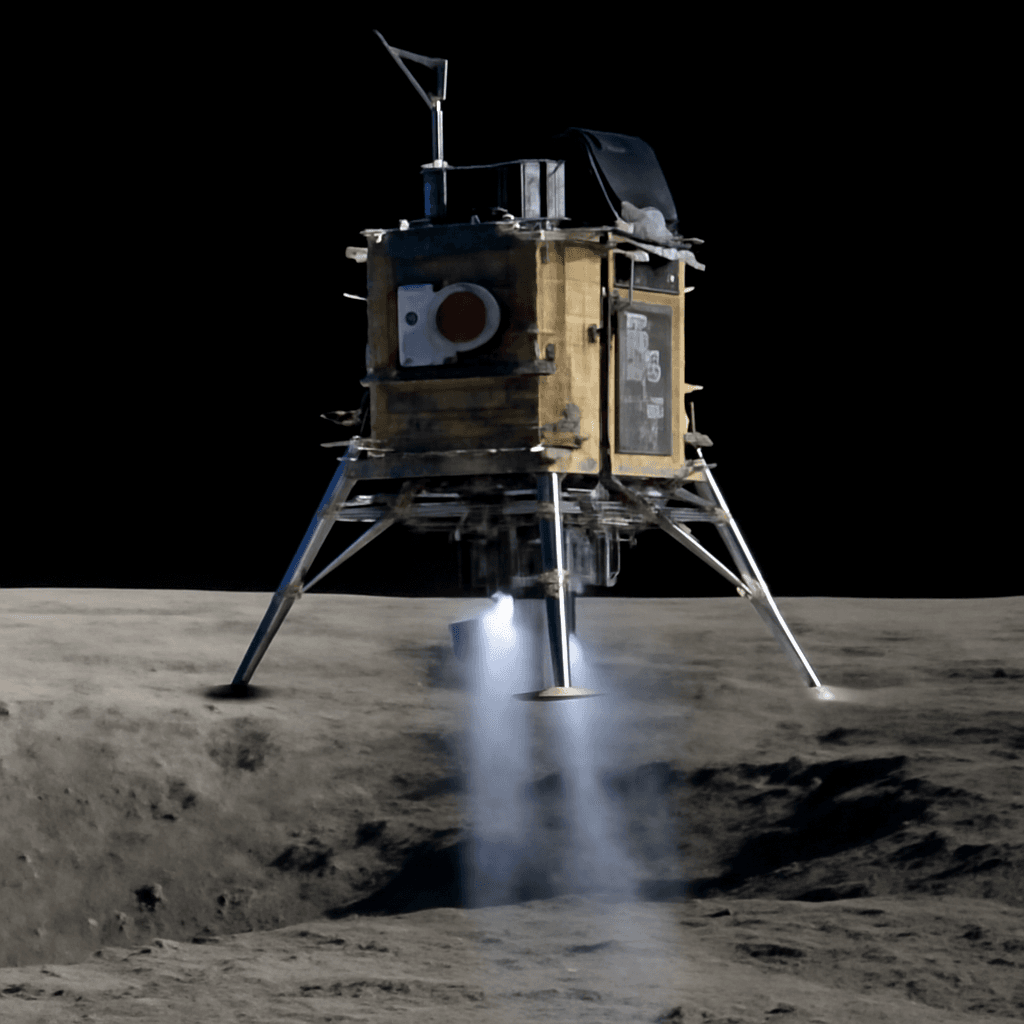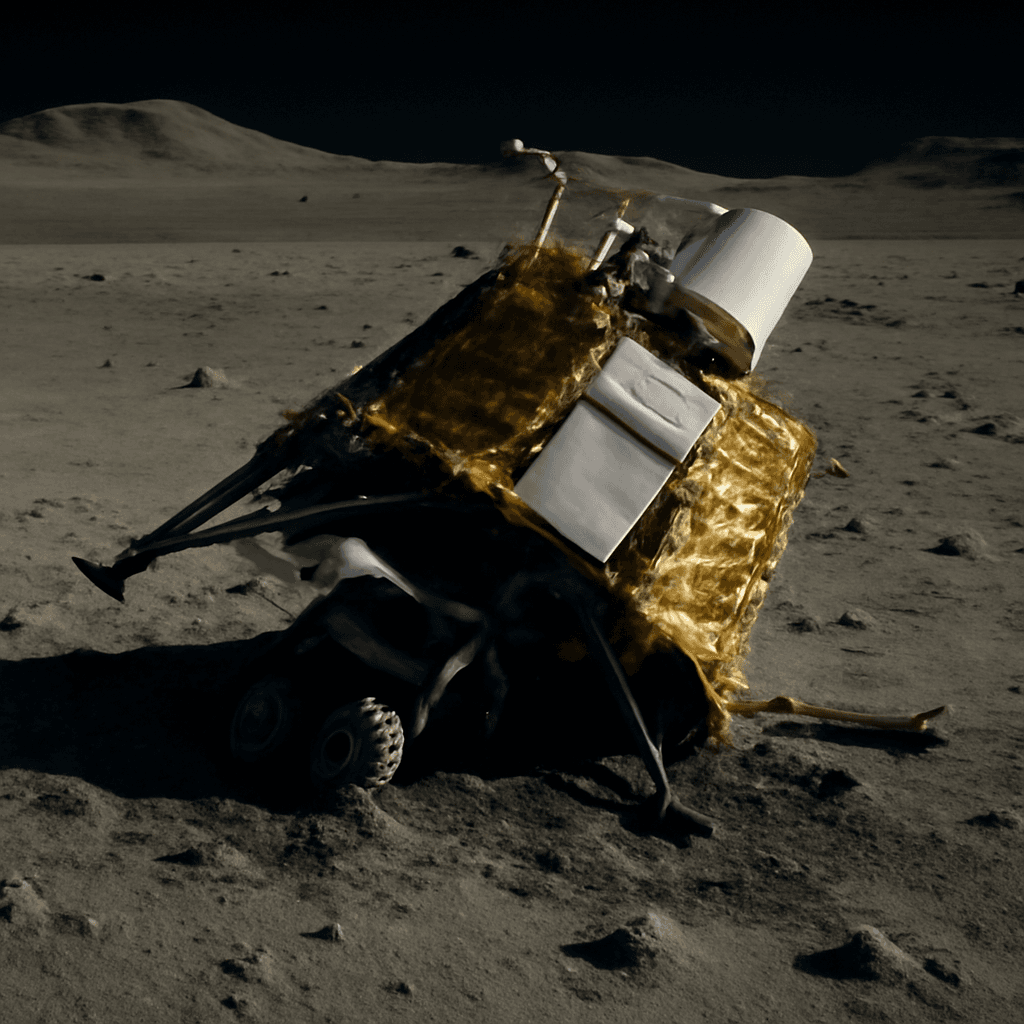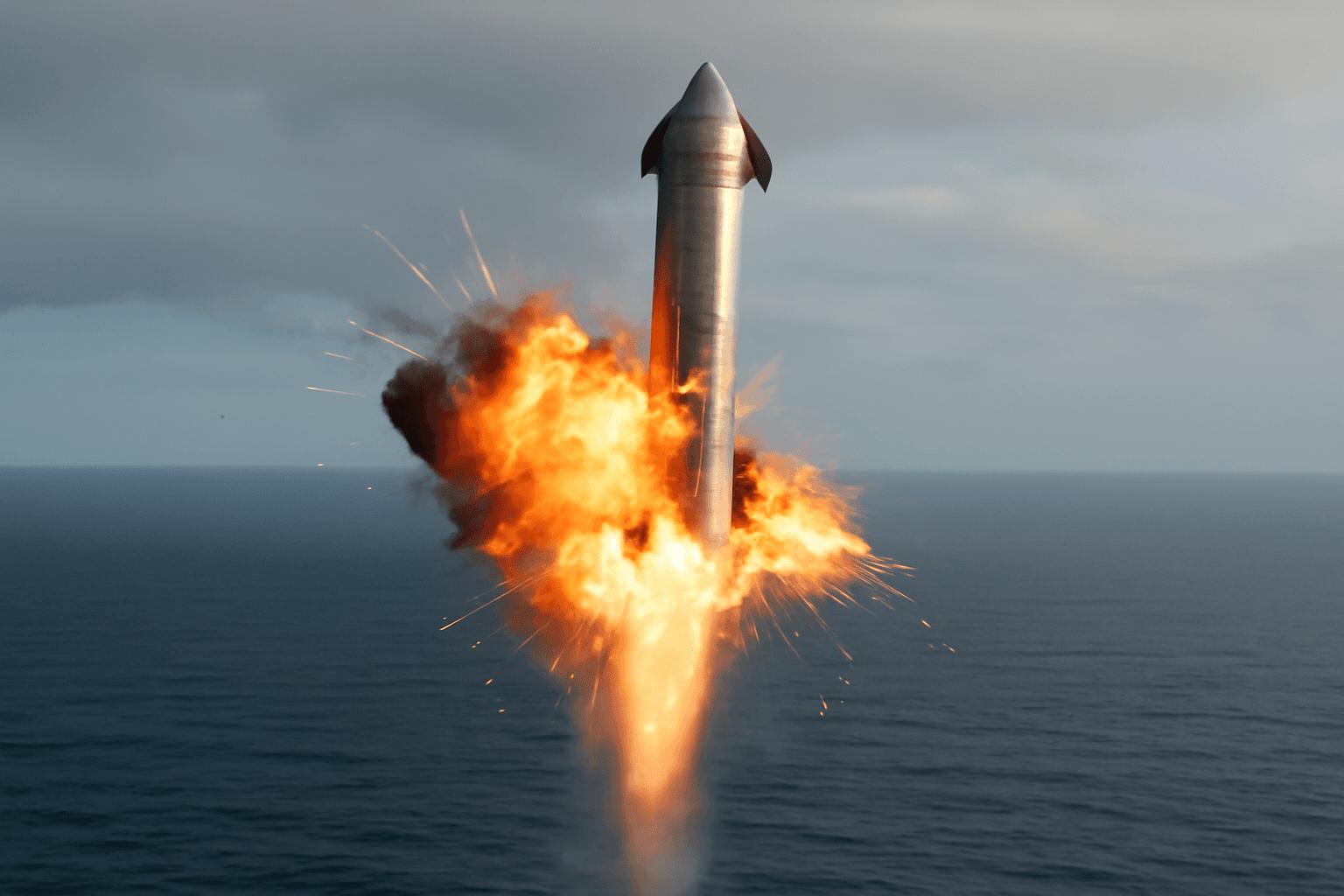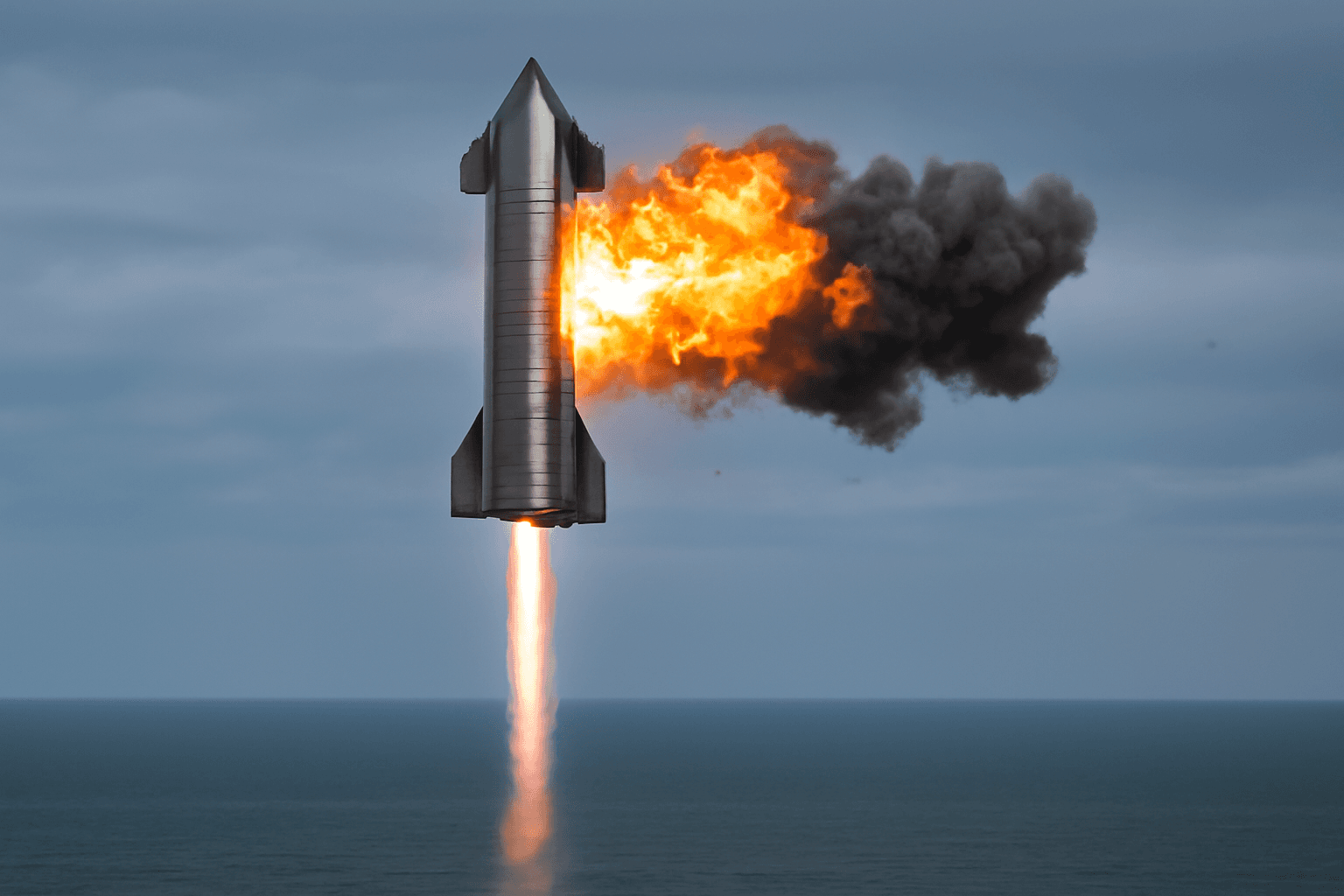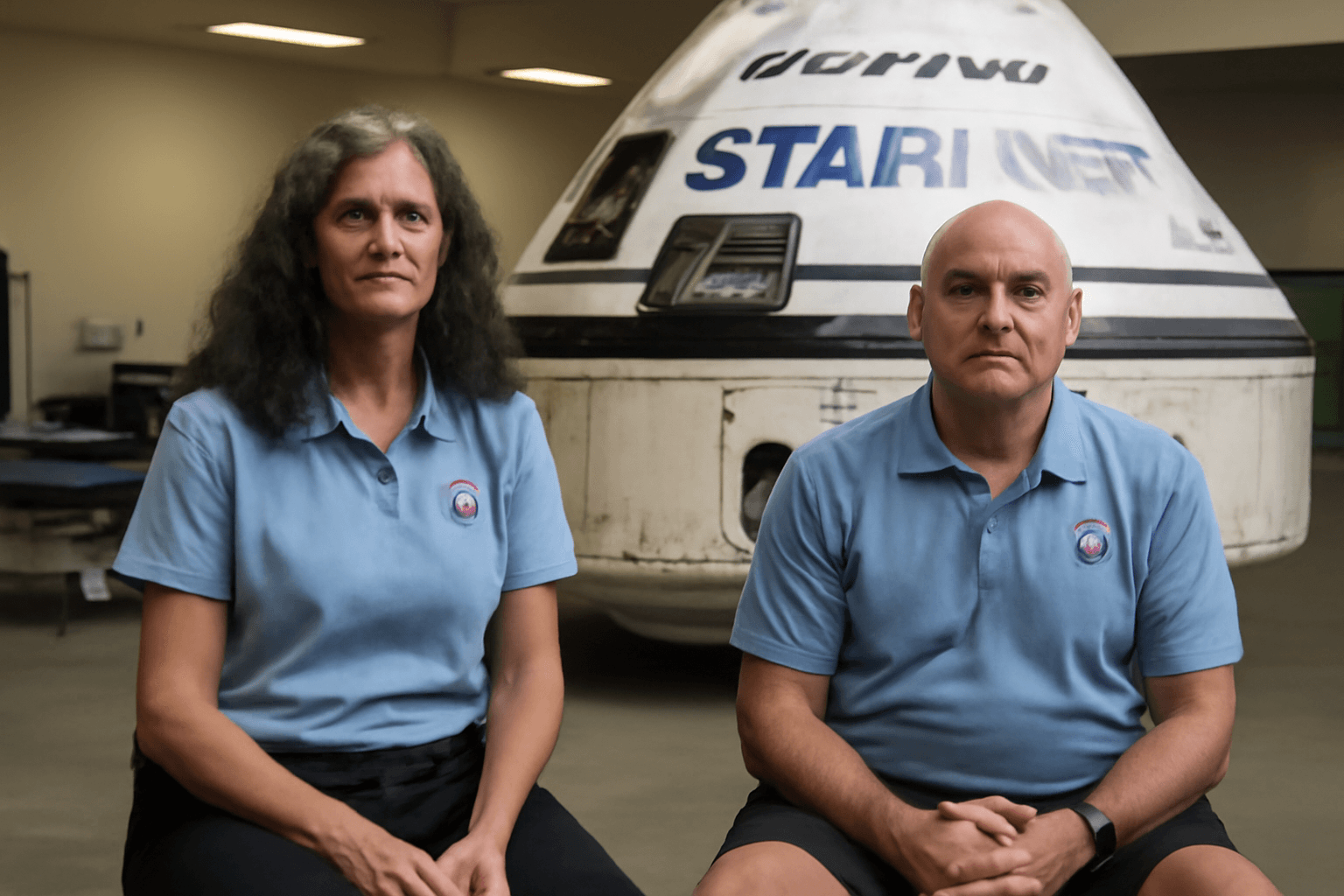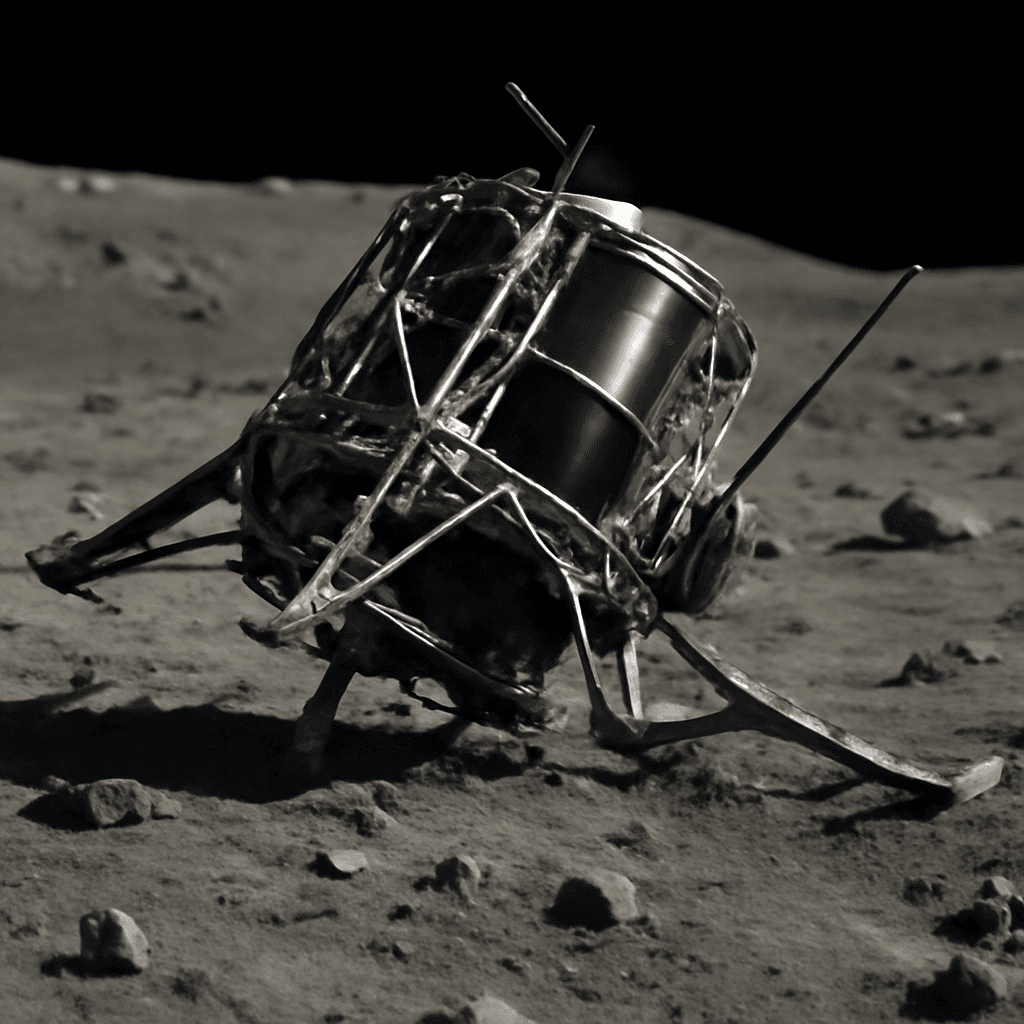Japanese Lunar Lander 'Resilience' Loses Contact During Descent
A Japanese private lunar lander named Resilience lost communication during its descent to the moon, casting uncertainty on its successful landing. Tokyo-based company ispace confirmed that the lander departed lunar orbit successfully, but contact was lost during the crucial hour-long descent phase.
Mission Overview and Current Status
The live video feed from the mission abruptly cut off during the critical landing moments. Mission Control has been attempting to reestablish contact, but confirmation of a successful touchdown remains unavailable at this time.
Resilience represents ispace’s second lunar mission following a failed attempt two years prior. The spacecraft carries a small rover and a miniature artistic installation—a red house designed by a Swedish artist—to be deployed on the lunar surface.
Mission Significance and Objectives
The mission targeted Mare Frigoris (Sea of Cold), a crater-rich region with ancient lava flows on the moon’s northern near side. Measuring 2.3 meters tall, Resilience was expected to transmit images shortly after landing and begin rover deployment during the weekend.
Rover Details: Tenacious
- The rover, named Tenacious, weighs 5 kilograms and is constructed from carbon fibre-reinforced plastic.
- Equipped with a high-definition camera and a NASA-commissioned shovel, it was designed for geological sampling and close-range lunar surface exploration.
- Tenacious was intended to operate within a 1-kilometer radius of the lander at slow speeds for about two weeks.
- As a symbolic element, it carried a tiny red cottage called the Moonhouse, crafted by Swedish artist Mikael Genberg for emplacement on the moon.
Context of Private Lunar Exploration
ispace launched Resilience from Florida aboard Firefly Aerospace’s Blue Ghost, the first private craft to successfully land on the moon earlier this year. This underscores a growing trend of private companies actively participating in lunar exploration alongside government agencies, despite mixed success rates to date.
Other American firms, including Intuitive Machines, have recently attempted lunar landings, though some suffered setbacks such as lander crashes shortly after touchdown.
Future Plans and Industry Challenges
ispace’s CEO, Takeshi Hakamada, described this mission as a vital stepping stone toward future projects, including a larger lunar lander currently under development with NASA, planned for a 2027 launch.
CFO Jumpei Nozaki emphasized the company’s commitment to lunar exploration regardless of the outcome. However, challenges remain, as highlighted by senior engineering staff who stressed the financial limitations and the necessity of mission success to sustain operations.
Global Lunar Exploration Landscape
- Only five countries have successfully completed robotic moon landings: Russia, the United States, China, India, and Japan.
- The United States remains the sole nation to have conducted manned lunar landings, with 12 astronauts walking on the moon between 1969 and 1972.
- NASA plans to return astronauts to lunar orbit next year and aims for a crewed moon landing using SpaceX’s Starship.
- China has announced intentions to send astronauts to the moon by 2030.
Other Upcoming Private Missions
Private companies such as Blue Origin and Astrobotic Technology are preparing lunar missions scheduled for later this year. Astrobotic’s previous lunar attempt in 2024 did not reach the moon, re-entering Earth’s atmosphere instead.
Key Takeaways:
- Resilience lost communication during descent, leaving its lunar landing status uncertain.
- The mission reflects the increasing role of private companies in lunar exploration.
- ispace remains committed to continued lunar ventures despite prior setbacks.
- Global interest in the moon includes robotic and manned missions planned by various nations.

